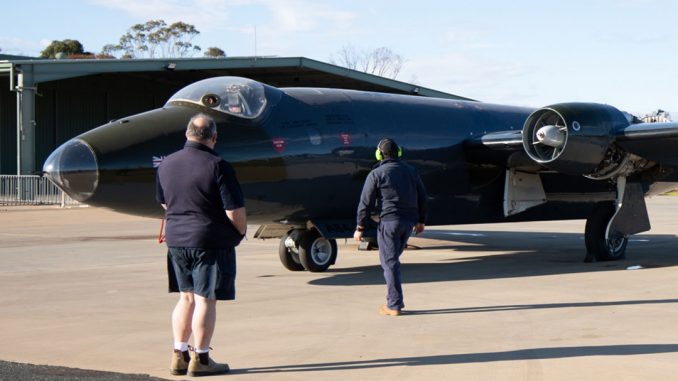
As we reported a few weeks ago, the Temora Aviation Museum has made great strides in returning their English Electric Canberra TT.18 to airworthy condition. The electric starters for the engines arrived recently and, following a thorough bench test, they are now installed on the airplane. Over the past couple of weeks, museum technicians have conducted a series of system evaluations, ranging from low power leak checks through full power-up tests.
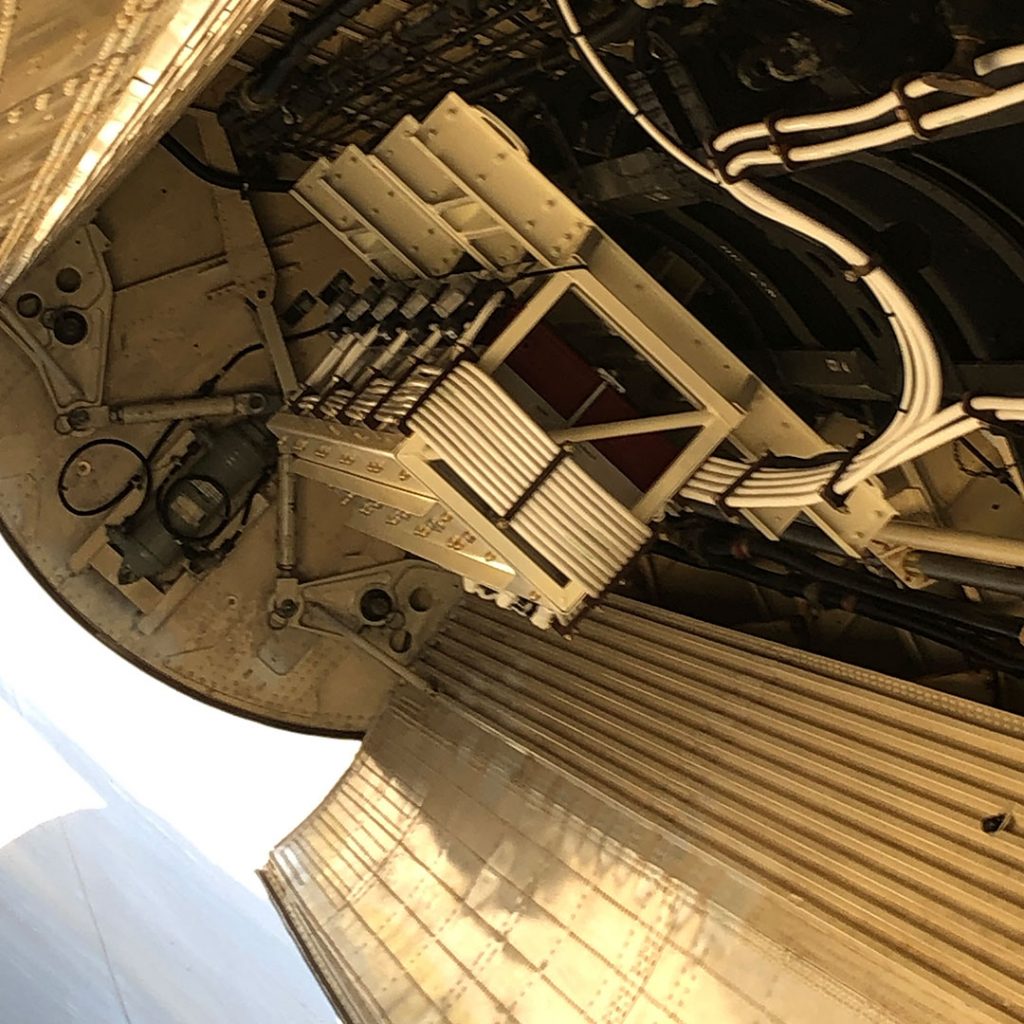
Despite the obstacles which COVID-19 has thrown at the restoration team, they have continued working on their Canberra, albeit at a slower pace. However, today the team performed the aircraft’s first engine start! Museum staff report that it went smoothly, and marks a major milestone in the history of this fine warbird as being the first ever Canberra bomber to perform an electrical engine-start! Formerly, a Coffman-starter would have been handled this process. Coffman-starters essentially fired a blank shotgun-style cartridge to kick the engines into life, which created huge gouts of black cordite smoke so characteristic of every Canberra engine start prior to this moment.
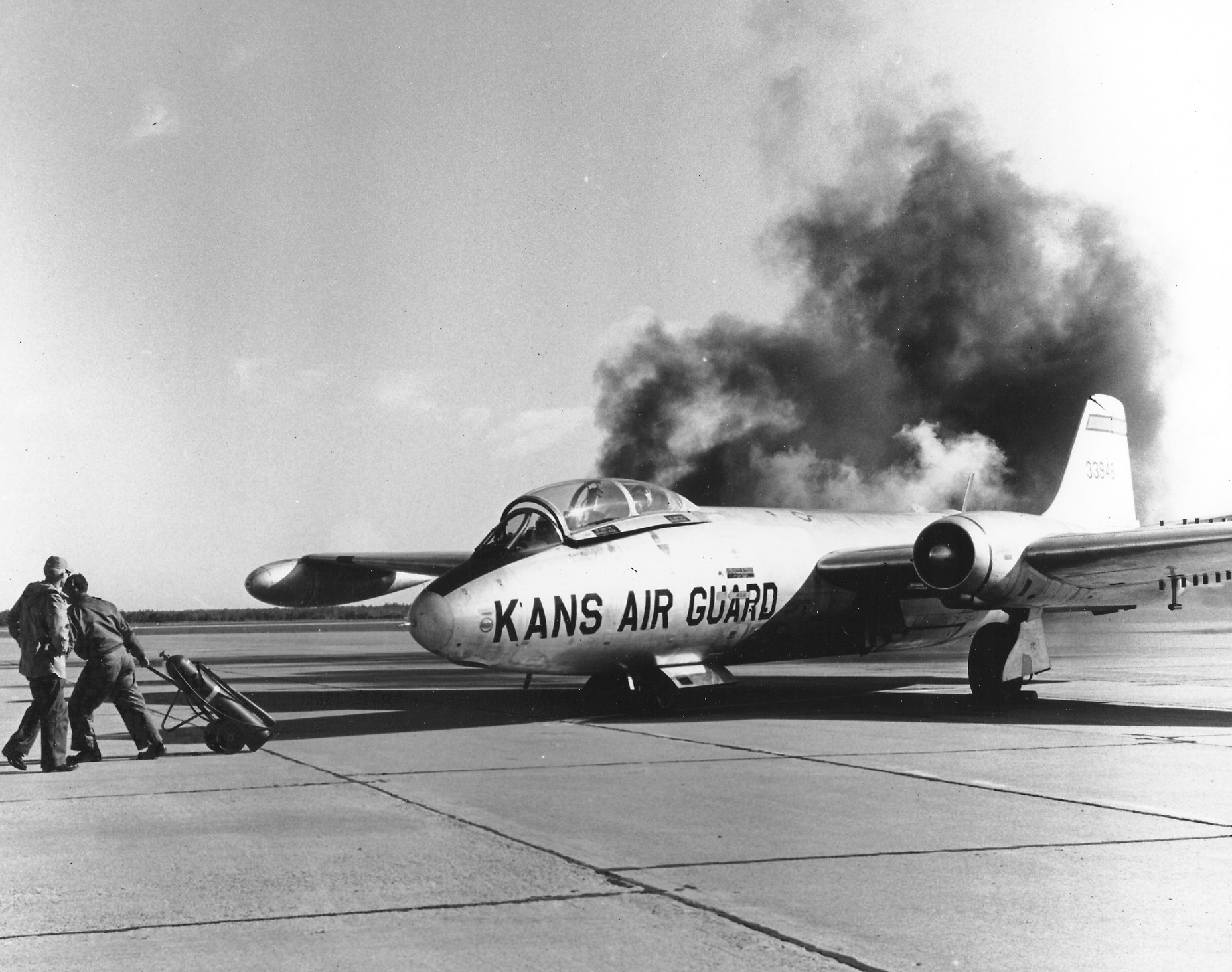
With engine-testing now in full swing, the first flight shouldn’t be too far away now. It will be a momentous achievement to see this aircraft flying again. Outside of the three heavily-modified WB-57 Canberras serving with NASA in the USA, the Temora Aviation Museum’s Canberra will be the only one of its breed flying anywhere in the world! We wish the Temora Aviation Museum well in achieving this aim, and look forwards to seeing the results in due course.
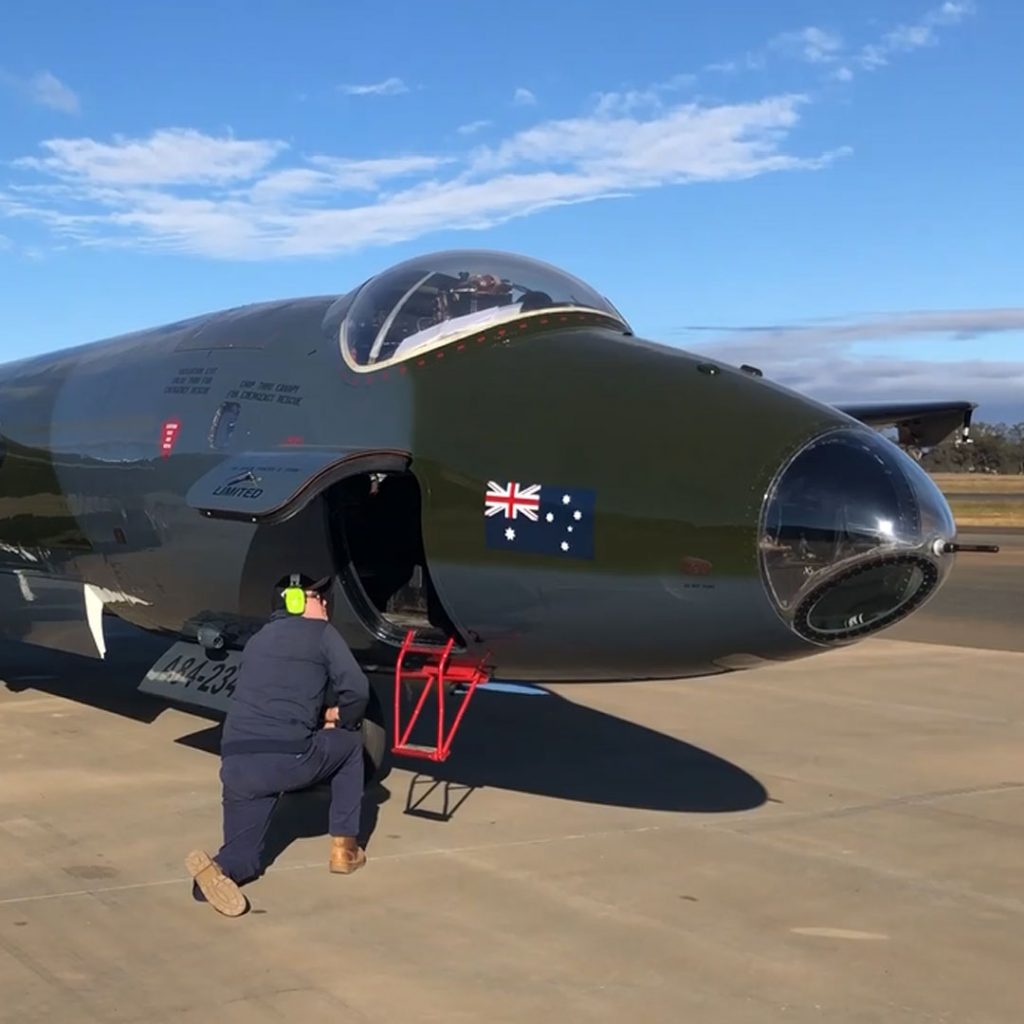
Related Articles
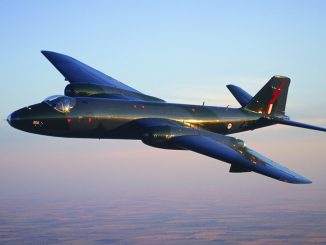
TAM’s English Electric Canberra Closer to Flight – Restoration Update
English Electric Canberra and de Havilland Vampire set to Return…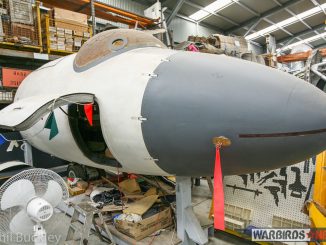
English Electric Canberra WD954 – Nose Section Restoration Update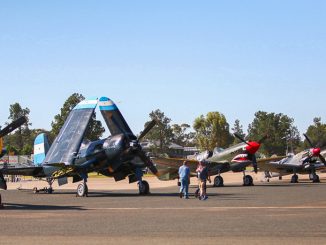
2015 Temora Aviation Museum – Warbirds Downunder Air Show Report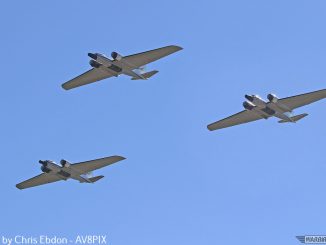
NASA’s WB-57 Formation Flight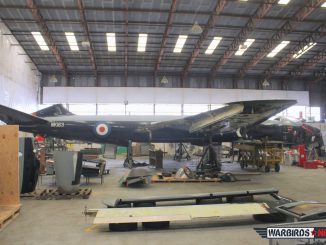
English Electric Canberra – Restoration Progress Report
Born in Milan, Italy, Moreno moved to the U.S. in 1999 to pursue a career as a commercial pilot. His aviation passion began early, inspired by his uncle, an F-104 Starfighter Crew Chief, and his father, a military traffic controller. Childhood adventures included camping outside military bases and watching planes at Aeroporto Linate. In 1999, he relocated to Atlanta, Georgia, to obtain his commercial pilot license, a move that became permanent. With 24 years in the U.S., he now flies full-time for a Part 91 business aviation company in Atlanta. He is actively involved with the Commemorative Air Force, the D-Day Squadron, and other aviation organizations. He enjoys life with his supportive wife and three wonderful children.


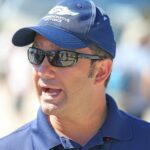
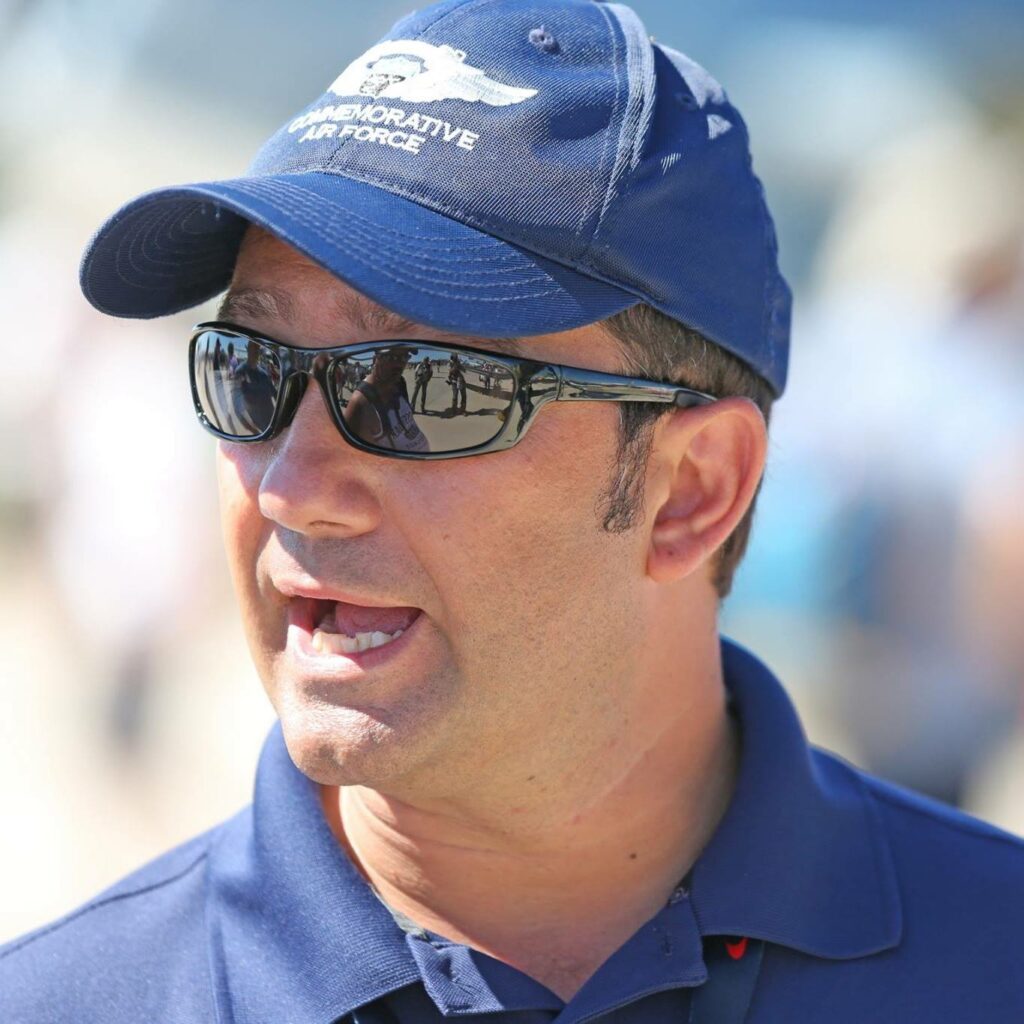
Be the first to comment
Graphic Design, Branding and Aviation Art